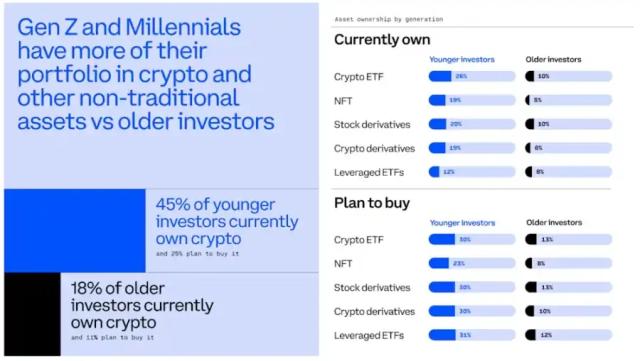Aave DAO founder Stani Kulechov stated in an interview on 3/10 that DeFi started a wave of hype in 2020, but as market attention shifted to Altcoins, Non-Fungible Tokens, and other speculative assets, many felt that DeFi was becoming boring, but in fact DeFi is still developing steadily.
Kulechov pointed out that as the leading DeFi lending platform, Aave has a total value locked of $35 billion by 2024, accounting for 45% of the DeFi lending market, and its annual revenue has exceeded $100 million. This shows that while DeFi is not as hyped as Altcoins, it has already become a real revenue-generating financial infrastructure.
Table of Contents
ToggleDeFi is actually not boring, but rather maturing
Kulechov believes that DeFi is perceived as "boring" because it has become reliable, stable and practical, unlike the past which was full of risks and high volatility. He stated: "I'd rather choose a boring but stable system than a market full of excitement but prone to collapse."
In the past few years, the crypto market has experienced major events such as the FTX collapse, cross-chain Bridge attacks, and smart contract vulnerabilities, while Aave and other mainstream DeFi protocols have remained unscathed, demonstrating that mature DeFi platforms can withstand market volatility and risks.
Retail and institutional capital have become the main users of DeFi
Kulechov stated that DeFi is currently mainly composed of two types of users:
- Retail users: using DeFi to earn yields, pledge assets (ETH & BTC) to borrow, or perform financial operations such as using it as a down payment for a mortgage or to purchase a car.
- Institutional investors: large institutions and asset managers have also started to pay attention to DeFi, such as tokenizing assets and utilizing DeFi's lending and yield opportunities.
Kulechov pointed out that as financial institutions gradually adapt to decentralized finance, DeFi is expected to become an independent financial system that complements traditional finance, rather than completely replacing the existing financial system.
RWA will become the key to DeFi in 2025
One of the main development directions of DeFi in 2025 is to bring real-world assets (RWA) onto the blockchain, such as:
- US Treasury Bills: Many stablecoins are already a "tokenized" form of Treasury Bills, and in the future DeFi can further expand to a wider range of fixed-income assets.
- Stocks and private equity: Many unlisted companies have difficulty obtaining global investment, and tokenization can allow more people to participate in startup investments.
- Real estate and commodities: Digitizing real estate, gold, and other assets to increase trading liquidity.
Kulechov revealed that Aave has already started collaborating with institutions to provide lending services for these tokenized assets, and in the future DeFi may not only be a financial system for cryptocurrencies, but also one of the infrastructures for the global financial market.
DeFi is expected to become the global financial standard in the next 10 years
Kulechov predicts that within the next 30 to 40 years, the global financial system will gradually be integrated onto the blockchain. But this transformation is not only a technological advancement, but also involves the conflict of interest of traditional financial institutions, such as banks, payment systems, and settlement institutions, as these financial giants will not easily give up their market dominance.
However, financial giants like BlackRock and JPMorgan have already started testing DeFi technology, indicating that traditional finance is no longer resisting DeFi, but seeking integration with traditional finance. Kulechov believes that the core value of DeFi lies in transparency, auditability, and censorship resistance, and these characteristics will become the standard for the future financial system.
The decline of the Altcoin craze and the entry of institutions create an opportunity for capital to flow back to DeFi
The recent market has been dominated by the Altcoin frenzy, from former US President Donald Trump's TRUMP coin, to Argentine President Milei's LIBRA, and various other Altcoins, with a large amount of capital flowing into these highly speculative assets. However, Kulechov bluntly stated: "99% of people in the Altcoin market are losing money, and this will only make more users lose confidence in cryptocurrencies."
In contrast, the yields provided by DeFi are more stable and the risks are more controllable. As the Altcoin craze subsides and institutional investors start to enter the market, capital may gradually flow back to DeFi.
Risk Warning
Investing in Altcoins is highly risky, their prices may fluctuate violently, and you may lose your entire principal. Please carefully evaluate the risks.





